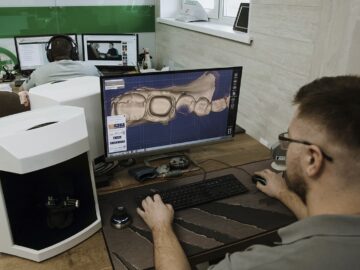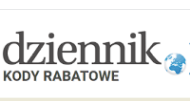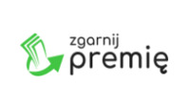The Importance of AutoCAD Knowledge in Canada
AutoCAD, a cornerstone of the design and engineering world, has revolutionized how industries operate, offering precision, efficiency, and innovation in design. Canada, known for its…
People often confuse 3D artists and architects, thinking that their work is exactly the same. But if you dig a…
Read MoreAn artist's work never ends. Whether you're developing models for a brand new Triple-A video game, painting a portrait, or…
Read MoreA 3D artist is an artist who creates art in three-dimensional space, or they can be a professional who works…
Read MoreAutoCAD, a cornerstone of the design and engineering world, has revolutionized how industries operate, offering precision, efficiency, and innovation in design. Canada, known for its…
There is no one-size-fits-all way for 3D visualization of any kind. There are many ways, spanning different applications, project timelines and budgets.
The amount of software is not the only product of the evolution of architectural modeling. The variety of designs has grown, too.
When 3D modeling first appeared, it was not at all what we know it to be now. And its value to architectural modeling has been…
If you had been told a few years ago that walking through your future home would be possible before the first brick was even laid,…

Artificial intelligence has made astonishing progress in generating 2D images from text prompts in recent years. Prompts fot DALL-E 2,…

3D modeling is the creation of a digital version of an object or space. A three-dimensional model is a multi-vector…

Visualization of architectural objects is their vivid demonstration and presentation, which is a prerequisite in the design of a variety…

Need to visualize your architectural projects? Omega Render offers 3D architectural animation services for architects, designers, and developers. We're creating a powerful non-existent reality.

Step into the world of 3D modeling and unleash your creativity while saving big! Discover exclusive discount codes from Dziennik on their website. Elevate your design projects with incredible deals and offers that will make your online shopping experience truly rewarding.

zgarnijpremie.pl - ranking of personal accounts ! Where personal accounts shine! Join the ranks of top earners and unlock amazing rewards. Your financial journey starts here!

Turn your vision into reality with Altamira's custom image recognition software development. Our developers create solutions that see the unseen.

Create stunning images for your business or collection with the catalog of stable diffusion prompts. On Promptsideas, everyone can find and buy the prompt they need, or sell prompts if they are a prompt engineer

MyHomeQuote is your trusted source for finding local home remodeling contractors. We connect you with vetted professionals, allowing you to easily compare their rates and conveniently book their services.

AI technology is a nearest future for 3D modelling as well as for education. Find free or paid app that helps with essays for you using AI instead human writer as these essay writing apps will write for you paper quickly and qualitatively.

We specialize in providing cantilever racking in Canada, offering versatile storage solutions for long or heavy items that maximize space and accessibility for businesses nationwide. Our robust design and installation services are tailored to meet the specific needs of diverse inventory requirements across various industries.